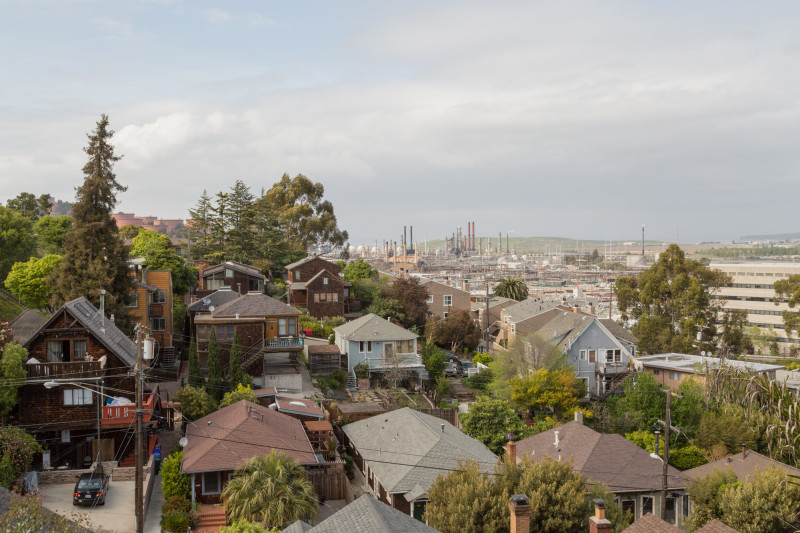They are the first remarks from an air district official that more definitively point to Chevron as the most likely cause of the smell that prompted dozens of residents more than 10 miles away from the refinery to complain to San Francisco fire dispatchers and PG&E in the early morning hours of Wednesday, Dec. 28, and again late that night.
"Right now the focus is on the Chevron flaring incident," Gioia said.
It took the refinery 13 hours to notify local emergency agencies, county health officials and local air regulators after Chevron's first flaring incident, one of the oil company's preliminary reports acknowledged.
That delay should lead to a penalty from county officials, according to Gioia. "In this case there's an immediate violation of state law for failing to notify about the flaring," he said.
Contra Costa health officials and county prosecutors are considering the "possibility of doing enforcement actions for improper notification," said Randy Sawyer, the county's chief environmental health and hazardous materials officer.
The first air reading at Point Richmond measured 451 parts per billion (ppb) of hydrogen sulfide and the second detected more than 500 ppb. Those levels violate standards set by the air district.
"Clearly, if there are air quality violations, the air district will vigorously pursue fines and penalties to the maximum extent that it can," Gioia said, adding that the BAAQMD is finalizing its investigation and will most likely release some of its results in the next week or so.
Ralph Borrmann, an air district spokesman, emphasized that the investigation has not been concluded, and so he would not say what the potential fines would be.
In the past, the air agency has said the refinery is just one of the suspects tied to the San Francisco odor. Other potential sources are a ship in the Bay, area landfills and wastewater treatment facilities.
There were no reports of any spills in the bay at the time, according to the U.S Coast Guard, and Gioia said the district believes landfills and wastewater treatment facilities did not create the hydrogen sulfide.
Chevron has yet to comment on the most recent development, but has pushed back against the theory that the Richmond refinery caused the San Francisco odor.
“It is premature to speculate whether our recent flaring incidents are the cause of those odors,” Chevron spokeswoman Leah Casey said last week.
Casey wrote in an email Friday afternoon that Chevron has not yet heard from the air district regarding its findings.

